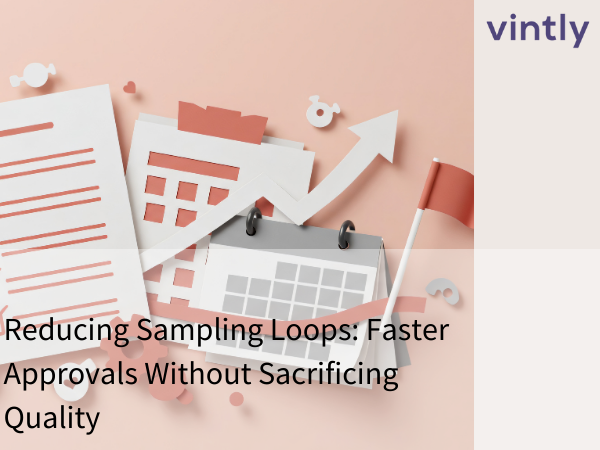Onboarding a new supplier into your company is a crucial process that requires strategic planning and execution. It's a step that can determine the success of your supply chain and product development processes. This article will guide you through the necessary steps, topics, and documentation required to effectively onboard a new supplier to your business.
1. Initial Communication and Expectation Setting
The first step in the onboarding process is to establish open lines of communication with your new supplier. It's important to introduce key personnel, explain your company's values, mission, and objectives, and clearly outline your expectations. This includes delivery timelines, quality standards, and any specific procedures or protocols that the supplier needs to follow.
2. Supplier Agreement
Once the expectations are set, the next step is to formalize the relationship through a supplier agreement. This document should include all the terms and conditions of the business relationship, including pricing, payment terms, delivery schedules, and quality expectations. It should also outline the responsibilities of both parties and the consequences of non-compliance.
3. Product Specification and Quality Standards
The supplier needs to understand the specifics of the product they will be supplying. Provide them with detailed product specifications, including design, materials, dimensions, packaging, and any other relevant details. Additionally, outline the quality standards that the product must meet. This can include testing procedures, quality control measures, and any certifications the product must have.
4. Supply Chain Integration
Integrating the supplier into your supply chain is a critical step. This involves incorporating them into your inventory management system, providing them with access to relevant software or platforms, key transportation contacts and aligning their delivery schedules with your production timelines. The goal is to ensure a smooth flow of goods from the supplier to your company, minimizing delays and disruptions.
5. Training and Support
Depending on the complexity of your product and processes, the supplier might require training. This could be in the form of technical training on how to produce the product, or procedural training on how to use your supply chain management system. It's also important to provide ongoing support to the supplier, to help them resolve any issues and improve their performance.
6. Performance Monitoring and Feedback
Once the supplier is fully onboarded, it's important to monitor their performance regularly. This can involve tracking delivery times, product quality, and adherence to the agreed terms. Regular feedback sessions can help to address any issues promptly and maintain a good relationship with the supplier.
7. Continuous Improvement
Finally, it's important to foster a culture of continuous improvement with your suppliers. Encourage them to suggest improvements to the product or the supply chain process, and be open to their feedback. This can lead to increased efficiency, cost savings, and better quality products.
In conclusion, effectively onboarding a new supplier requires careful planning, clear communication, and ongoing support. By following these steps, you can ensure a successful partnership that benefits both your company and the supplier, leading to a more efficient supply chain and better product development.
.png)


